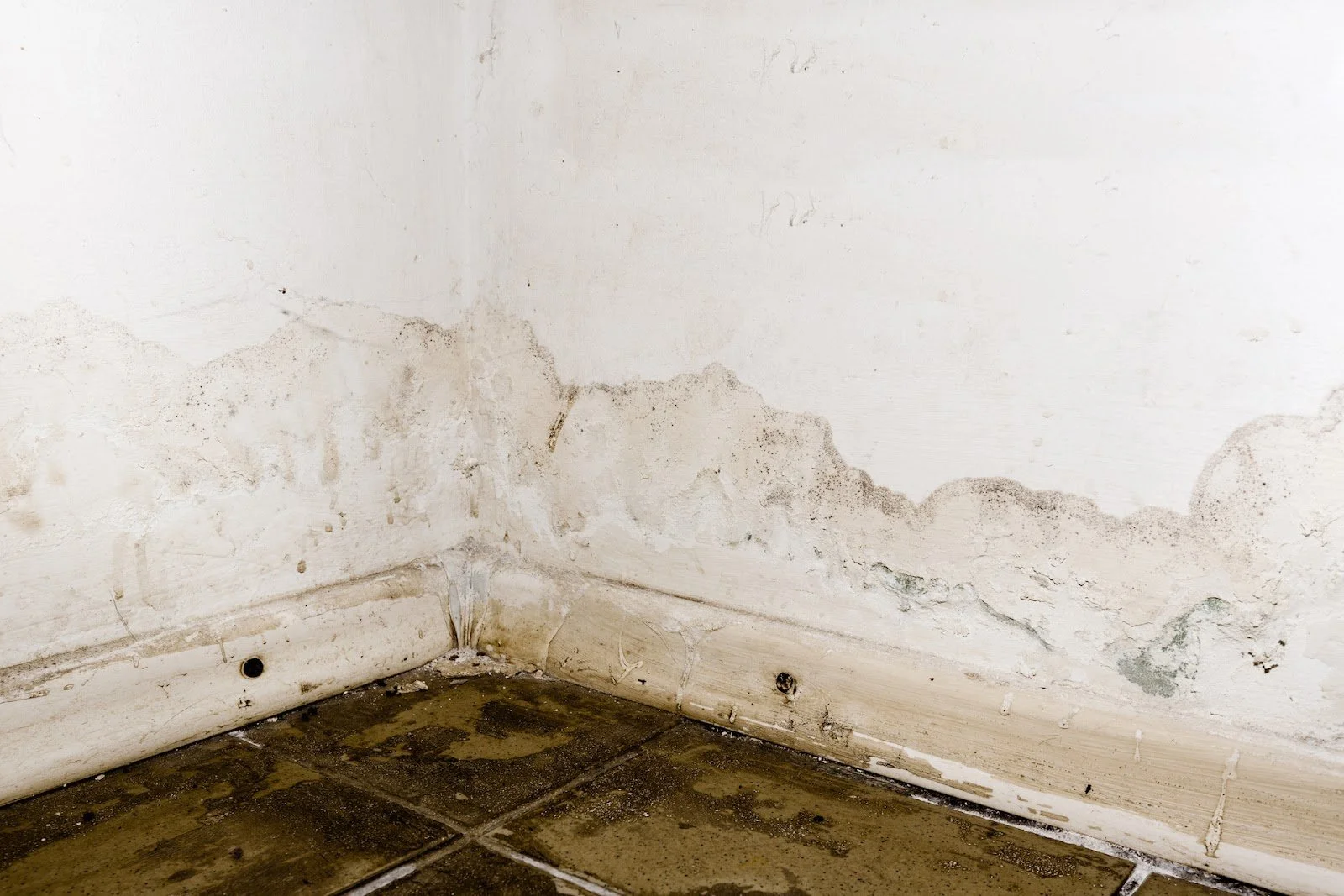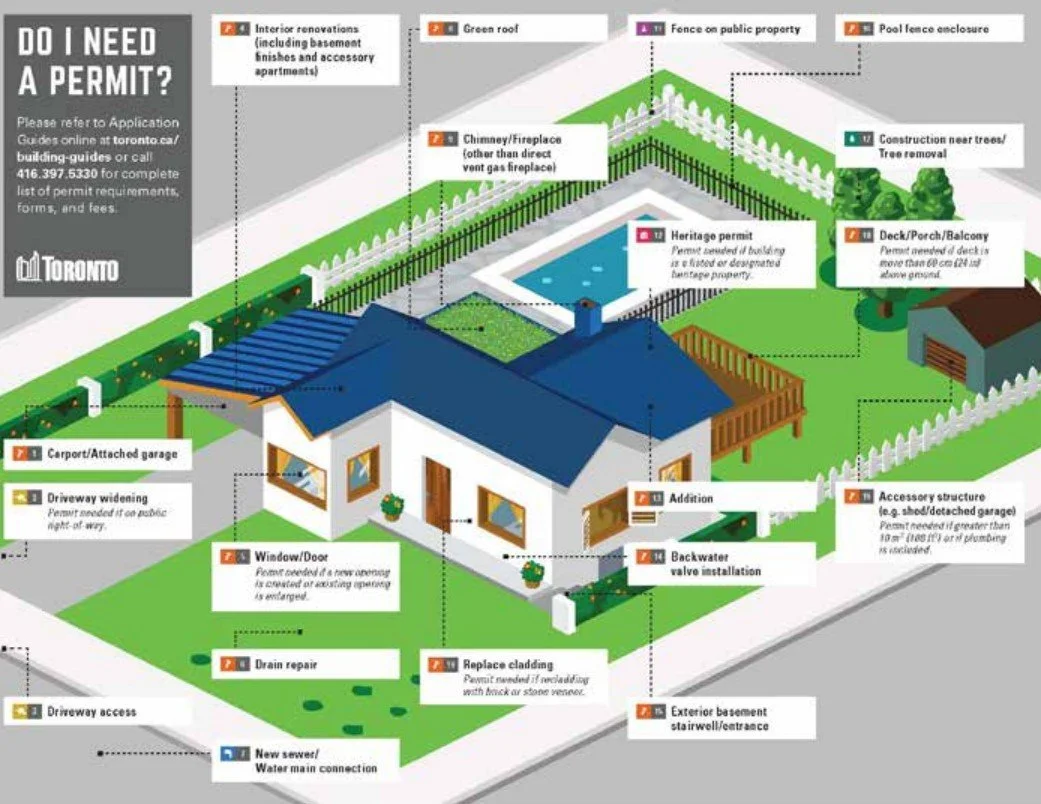Importance of waterproofing in construction
Preserving Structural Integrity
Preserving the structural integrity of buildings is a paramount consideration in construction, and effective waterproofing serves as a fundamental component in achieving this goal. By preventing water intrusion and seepage, waterproofing shields the building's foundation, walls, and other structural elements from moisture-related damage, such as corrosion, rusting, and weakening of materials. Through the establishment of a robust and impermeable barrier, waterproofing ensures that the building remains resilient against the potential threats posed by water, thereby maintaining its strength, stability, and overall durability over the long term. In regions like Toronto, where varying weather patterns can subject structures to considerable moisture challenges, prioritizing the preservation of structural integrity through comprehensive waterproofing measures is essential for creating buildings that can withstand the test of time and environmental pressures.
Preventing Mold and Mildew
Mold and mildew pose significant threats to both the structural integrity of buildings and the health of occupants, making it crucial to implement robust waterproofing measures. Keeping humidity levels below 50% throughout the day is a key strategy, achievable through the use of air conditioners and dehumidifiers. Regular monitoring of humidity levels with a meter from a home improvement store is recommended, considering the fluctuating nature of indoor humidity. Furthermore, ensuring adequate air circulation in the home by utilizing exhaust fans in moisture-prone areas like the kitchen and bathroom helps prevent the buildup of moisture that can contribute to mold growth. Addressing any leaks in the roof, walls, or plumbing promptly is essential to eliminate potential moisture sources, thereby inhibiting the conditions conducive to mold and mildew development.
In the event of a flood, taking immediate action to thoroughly clean and dry the affected areas within 24–48 hours is critical for preventing mold infestation. Additionally, incorporating mold inhibitors into paints before application and regularly cleaning bathrooms with mold-killing products can further contribute to mold prevention efforts. Considering the vulnerability of carpets and upholstery to moisture, particularly in high-moisture areas like basements and bathrooms, opting for moisture-resistant alternatives and addressing water-soaked materials promptly are vital steps in mitigating the risk of mold and mildew proliferation. By integrating these preventive strategies alongside effective waterproofing solutions, homeowners can effectively safeguard their properties against the damaging effects of mold and mildew, ensuring a safe and healthy living environment for all occupants.
Enhancing Long-Term Durability through Cement-Based Waterproofing Solutions
In the realm of construction, the long-term durability of concrete structures heavily relies on effective waterproofing, particularly when using a cement solution. Understanding the intricate relationship between water and cement in the concrete matrix is fundamental in comprehending the material's durability. Despite its seemingly solid composition, concrete's porous nature allows for the passage of external elements, making it susceptible to various forms of degradation over time. The water-cement ratio plays a pivotal role in determining the porosity and permeability of concrete, directly impacting its strength and overall durability. Managing these aspects becomes crucial, especially in environments prone to moisture exposure, such as those in Toronto and the GTA.
In response to the challenges posed by concrete's porosity and permeability, advancements in research and technology have led to the development of various effective solutions. Chemical admixtures, including plasticizers, superplasticizers, and hyperplasticizers, have been instrumental in reducing water content by up to 30%, thus enhancing the concrete's density and impermeability. Additionally, the introduction of mineral admixtures like fly ash, silica fumes, and pozzolanic ash has further contributed to the densification and reinforcement of concrete, improving its resistance to external elements and extending its longevity. Implementing these innovative solutions within the framework of cement-based waterproofing not only fortifies the structural integrity of concrete but also reinforces its ability to withstand the challenges posed by moisture and environmental pressures, ensuring long-term durability and reliability for construction projects in Toronto and the GTA.
Protecting Investments and Property Value
Protecting investments and maintaining property value is a paramount concern for homeowners, particularly when considering the integration of cement waterproofing solutions into various aspects of their homes. By implementing comprehensive basement waterproofing, homeowners not only secure their investment but also have the opportunity to expand the livable space in their homes, potentially increasing the property's overall value. Proper basement waterproofing allows for the installation of drywall and other interior finishes, enabling homeowners to fully utilize their basements and create functional living spaces that contribute to the overall appeal and marketability of the property.
In addition to maximizing basement potential, incorporating waterproof surfaces in bathrooms can significantly enhance the property's value. By utilizing waterproof materials, homeowners can create unique and luxurious bathroom designs that exude a resort-like ambiance, adding a touch of elegance and sophistication to the home. The installation of no-wall showers, facilitated by waterproof surfaces, offers a seamless and easy-to-maintain bathroom feature that not only elevates the aesthetic appeal of the property but also contributes to its overall desirability in the real estate market. However, it is crucial to enlist professional plumbing services during the process to ensure proper drainage and prevent the risk of potential flooding, safeguarding the property from any related structural damage.
Furthermore, prioritizing foundation waterproofing serves as a critical measure in protecting the structural integrity of the home and preserving its value over time. By safeguarding the foundation from water seepage and potential damage, homeowners can prevent issues such as mold growth and structural cracks, which could significantly diminish the property's value. Whether the home features a concrete, stone, or brick foundation, comprehensive waterproofing measures ensure the long-term stability and durability of the property, providing peace of mind and added assurance for homeowners and potential buyers alike.
Moreover, the installation of a waterproof barrier beneath flooring materials offers an additional layer of protection, safeguarding the property against potential spills and leaks that could lead to subfloor damage. By implementing waterproof barriers, homeowners can mitigate the risk of warping and structural issues caused by liquid seepage, prolonging the lifespan of their flooring and enhancing the property's overall resilience. This proactive approach to protecting against spills not only maintains the property's aesthetic appeal but also contributes to its overall longevity and market value, making it an essential investment for homeowners seeking to preserve and enhance their property assets.
Compliance with Building Codes and Regulations
In Toronto, adhering to specific regulations and obtaining the necessary permits is vital when undertaking basement waterproofing projects. Several essential factors must be considered to ensure compliance with local regulations and guarantee the safety and integrity of the construction process. Firstly, evaluating the project's extent is crucial in determining whether a permit is required. Surface-level maintenance or minor repairs may not mandate a permit, but significant alterations, such as foundational work or drainage system enhancements, often necessitate one. Seeking guidance from reputable waterproofing contractors in Toronto can provide valuable insights into permit requirements and help streamline the application process, ensuring full compliance with regulatory standards.
When navigating the permit acquisition process, engaging in thorough consultation with a trusted Toronto waterproofing contractor is the initial step. These professionals can assess the project's intricacies and provide expert guidance on permit requirements, ensuring that all regulatory obligations are met. Subsequently, submitting a comprehensive application to the city's Building Division is imperative, encompassing detailed architectural plans and a comprehensive outline of the proposed work. It is essential to recognize that the review process carried out by the Building Division involves meticulous scrutiny of the application to ensure adherence to local building codes and safety regulations.
Upon receiving approval, it is essential to adhere closely to the sanctioned plans and strictly comply with all safety regulations during the execution of the basement waterproofing project. Additionally, understanding the significance of the inspection protocol is crucial, as the city may conduct routine inspections to verify that the construction aligns with the approved plans and complies with the necessary safety standards. Proactively coordinating these inspections and ensuring that the project proceeds in accordance with regulatory requirements is pivotal in guaranteeing the project's successful completion and regulatory compliance. By navigating the permit acquisition process diligently and in adherence to Toronto's regulations, homeowners can undertake basement waterproofing projects with confidence and ensure the long-term safety and stability of their properties.
Creating Sustainable and Resilient Structures
Waterproofing structures in Toronto using cement solutions is not only about protecting the contents from moisture but also about ensuring the long-term durability and resilience of the building itself. Concrete, despite its inherent resilience, can succumb to premature aging and degradation when exposed to moisture carrying contaminants and reactants such as chlorides and sulphates. By preventing the ingress and movement of moisture, concrete impermeability becomes synonymous with concrete durability, safeguarding the structure from a myriad of potential detrimental effects. Recognizing the impact of local climatic conditions, the design of the building envelope must prioritize resilience, catering to adverse micro-climates and unfavorable exposures that may be prevalent in Toronto. This includes implementing energy-efficient strategies and passive design measures to optimize energy usage and reduce the building's environmental footprint.
Furthermore, the emphasis on utilizing sustainable materials in the construction of the building envelope plays a vital role in minimizing life-cycle environmental impacts and optimizing service life. Considering factors such as global warming potential, resource depletion, and embodied energy, the selection of materials should align with long-term sustainability goals, promoting environmental responsibility and efficient resource management. Enhancing indoor environmental quality is essential for ensuring occupant health, comfort, and productivity, necessitating a balance between energy-efficient practices and adequate ventilation systems. Additionally, optimizing operational and maintenance practices through comprehensive training programs contributes to the efficient and effective functioning of the building envelope over its lifespan.
In the context of Canada's commitment to reducing greenhouse gas emissions, retrofitting existing buildings has emerged as a crucial strategy, promoting sustainability and minimizing the environmental footprint of construction activities. Retrofitting building envelope systems not only reduces the need for extensive demolition and construction but also addresses critical issues related to air infiltration, moisture diffusion, and rainwater entry, ultimately enhancing the building's overall energy performance and indoor environmental quality. By prioritizing sustainable and resilient building envelope strategies, Toronto can further its commitment to environmental conservation and sustainable construction practices, ensuring the long-term viability and efficiency of its built environment.
The Ectoflex Solution
Ectoflex uses a cement based solution for your DIY and large scale waterproofing needs. Check out Ectoflex 647, and order order through us with your waterproofing problems today. We’ll get you in touch with a contractor.




